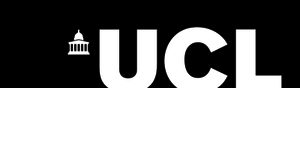About NNDb
Neuroimaging has advanced our understanding of human psychology using reductionist stimuli that often do not resemble information the brain naturally encounters. It has improved our understanding of the network organization of the brain mostly through analyses of ‘resting-state’ data for which the functions of networks cannot be verifiably labelled.
We make a 'Naturalistic Neuroimaging Database' (NNDb v1.0) publically available to allow for a more complete understanding of the brain under more ecological conditions during which networks can be labelled. Eighty-six participants underwent behavioural testing and watched one of 10 full-length movies while functional magnetic resonance imaging was acquired. Resulting timeseries data are shown to be of high quality, with good signal-to-noise ratio, few outliers and low movement. Data-driven functional analyses provide further evidence of data quality. They also demonstrate accurate timeseries/movie alignment and how movie annotations might be used to label networks. The NNDb can be used to answer questions previously unaddressed with standard neuroimaging approaches, progressing our knowledge of how the brain works in the real world.
For more details please check our publication. For specific inquiries and improvements please contact sarah.aliko.17@ucl.ac.uk or jeremy.skipper@ucl.ac.uk.
This website is being maintaned by the Language Action and Brain (LAB) lab.
Sponsors




Uses of NNDb
Neuroscience
The NNDb project is the largest collection of multiple naturalistic datasets. Data discovery is nearly unlimited with the NNDb as there are a vast number of annotations that can be made from the movies and approaches to analysis. This flexibility makes it usable across disciplines to address questions pertaining to how the brain processes information naturally.
Clinical
Given the lack of robust neuroimaging biomarkers for mental illness, the NNDb can also be used to help increase the pace of clinically relevant discovery, e.g., by uncovering labelled network patterns that predict individual differences in patients.
Collaborations
The vast amount of data hosted by the NNDb allows cross-disciplinary studies by joining neuroimaging with machine learning (on the movies) and algorithms (eg. network analysis). Please get in touch if you would like to add annotations or have new ideas on how to use the database!